Oranges immediately come to mind when thinking of vitamin C. A medium-sized orange provides 69.7mg of vitamin C. You’ll be surprised to learn that there are 10 fruits and vegetables with more vitamin C than an orange.
10. Brussels Sprouts: 74.8 Milligrams
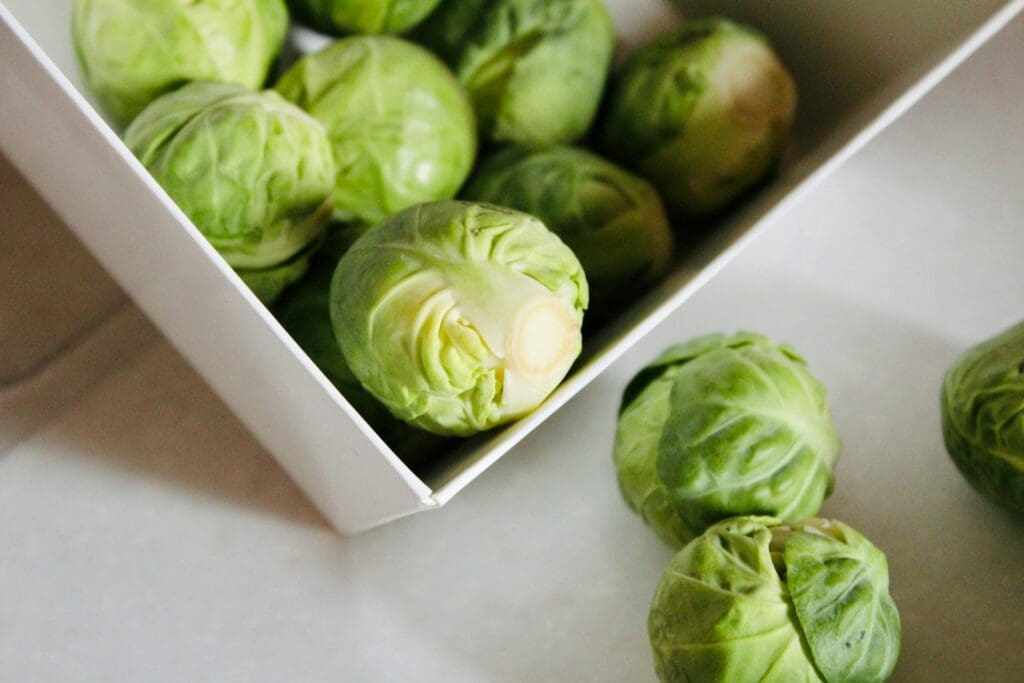
Brussels sprouts look like mini-cabbages and are part of the cabbage family. One cup contains nearly 75 milligrams of vitamin C, providing 124% of the recommended daily value, according to the USDA. This low-calorie vegetable is packed with health benefits, including dietary fiber, vitamin B6, iron, magnesium, potassium, protein, and calcium.
9. Pineapple: 79 Milligrams
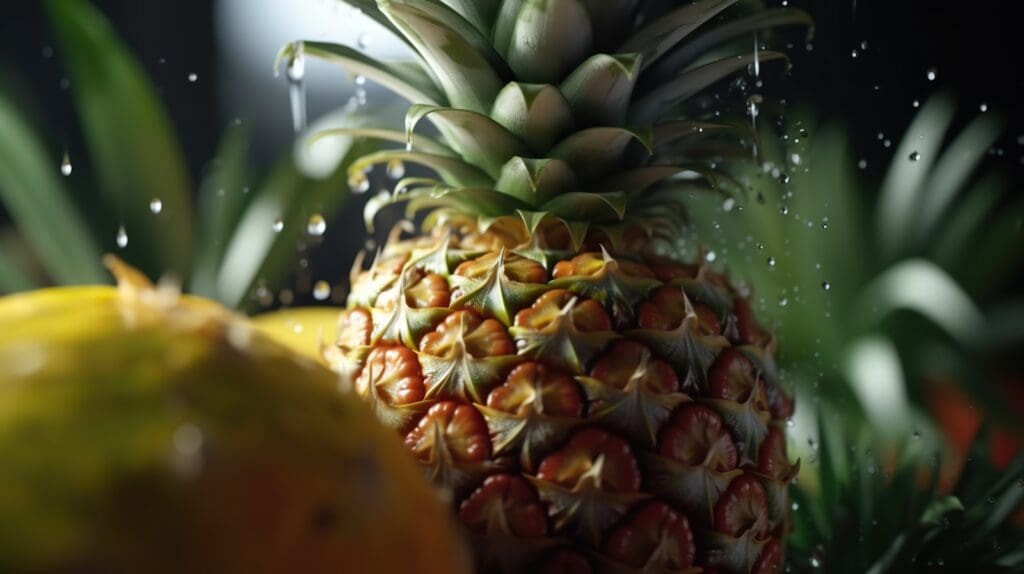
A one-cup serving of fresh, chopped pineapple contains around 79 milligrams of vitamin C, delivering 131% of your DV. The amount of vitamin C in a one-cup serving of canned pineapple drops to only 17 milligrams, according to the USDA. One cup of pineapple also contains these daily values of vitamin B6 (10%), potassium (5%), magnesium (5%), and calcium (2%).
8. Broccoli: 81 Milligrams
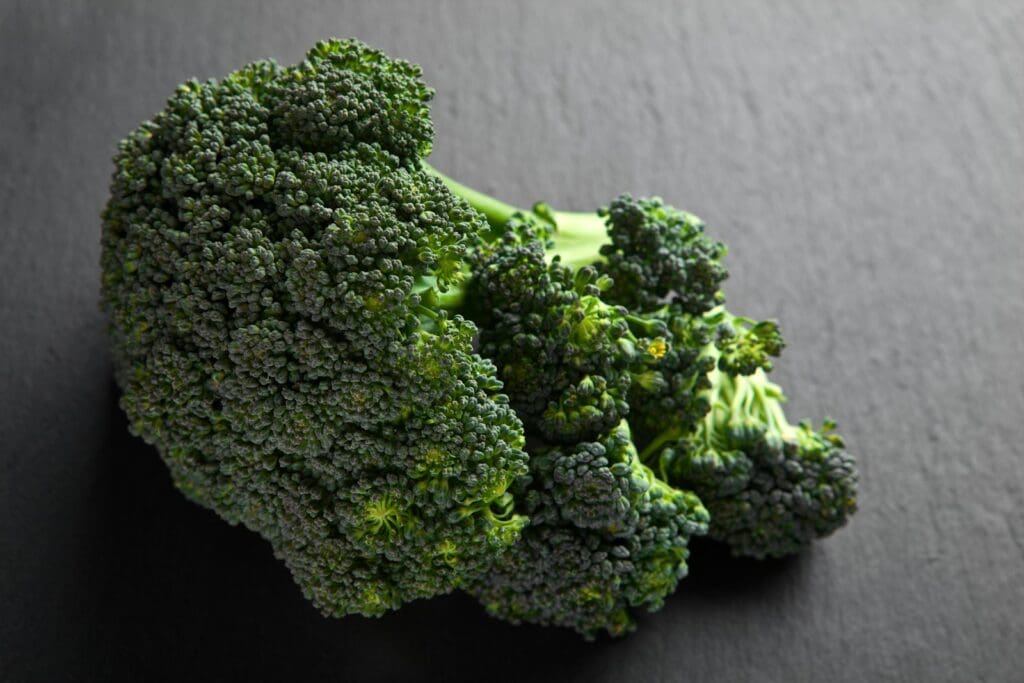
One cup of chopped broccoli contains 81 milligrams of vitamin C and provides 135% of your daily value, according to the USDA. Besides being high in beneficial fiber (9%), broccoli also supplies vitamin B6 (10%), potassium (8%), protein (5%), magnesium (4%), calcium (4%), and iron (3%). Other cruciferous vegetables provide similar benefits.
7. Strawberries: 85 Milligrams
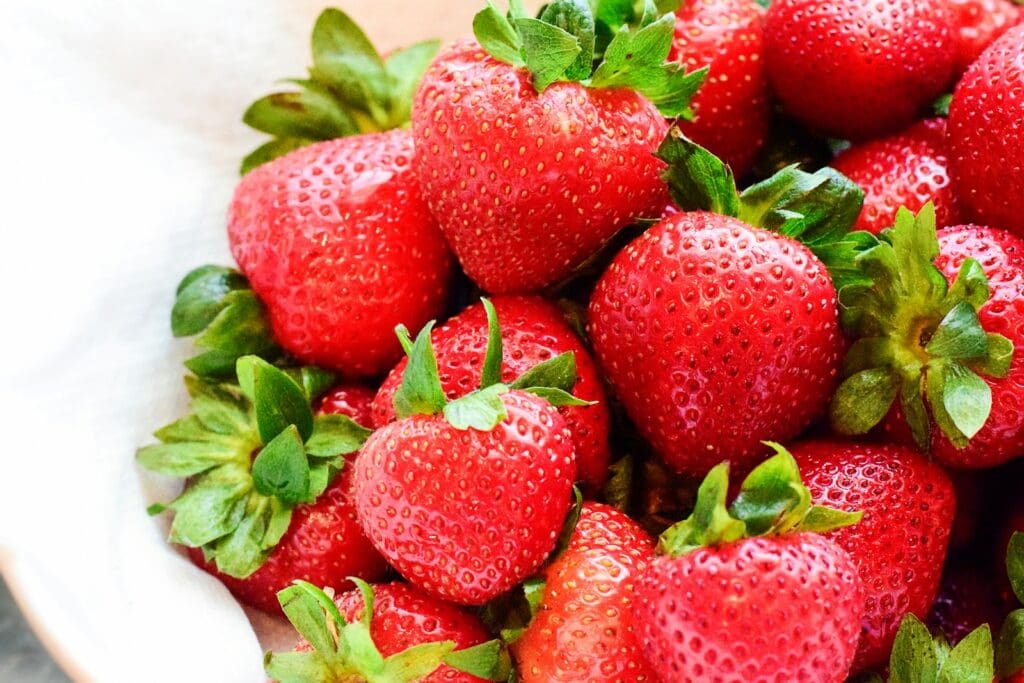
Around 10 medium-sized strawberries provide 85 milligrams of vitamin C, providing 98% of your daily value. Per serving, strawberries also provide many other nutrients, including protein, fiber, iron, folate, manganese, and potassium. Strawberries have antioxidant properties, which can help reduce inflammation and may improve LDL (bad) cholesterol and your blood lipid profile.
6. Papaya: 95.6 Milligrams
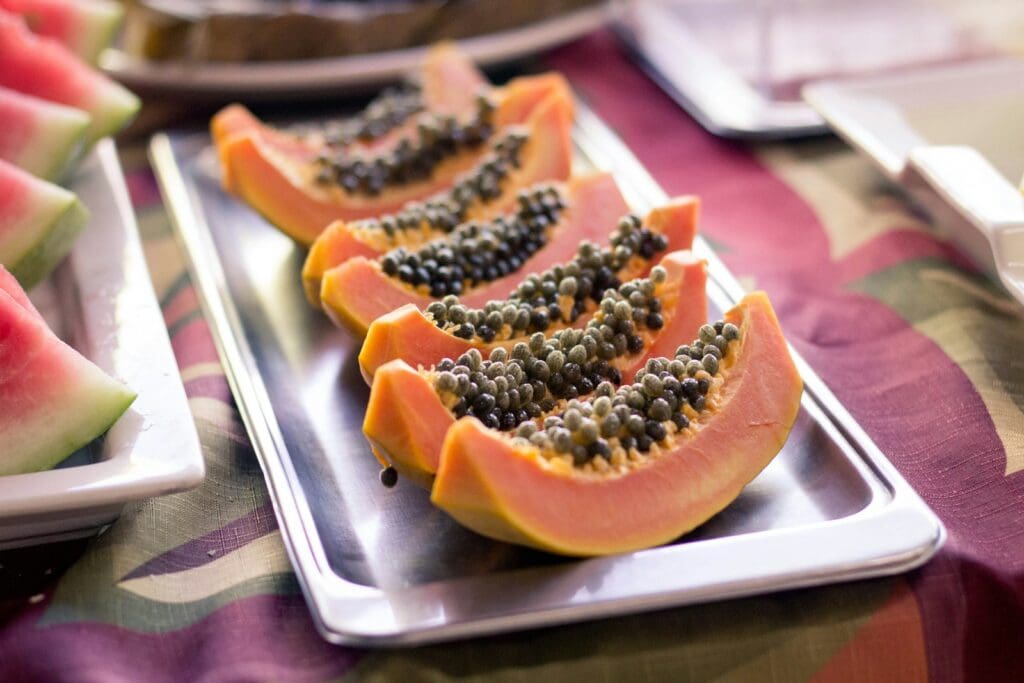
One cup of cubed papaya, or about one small fruit, delivers 95.6 milligrams of vitamin C, over 100% of your daily value. Papaya is rich in nutrients, including vitamins A, B, E, and K. It contains calcium, potassium, magnesium, and copper. It’s also rich in antioxidants and contains folate, pantothenic acid, and fiber.
5. Red Chili Peppers: 107.8 Milligrams
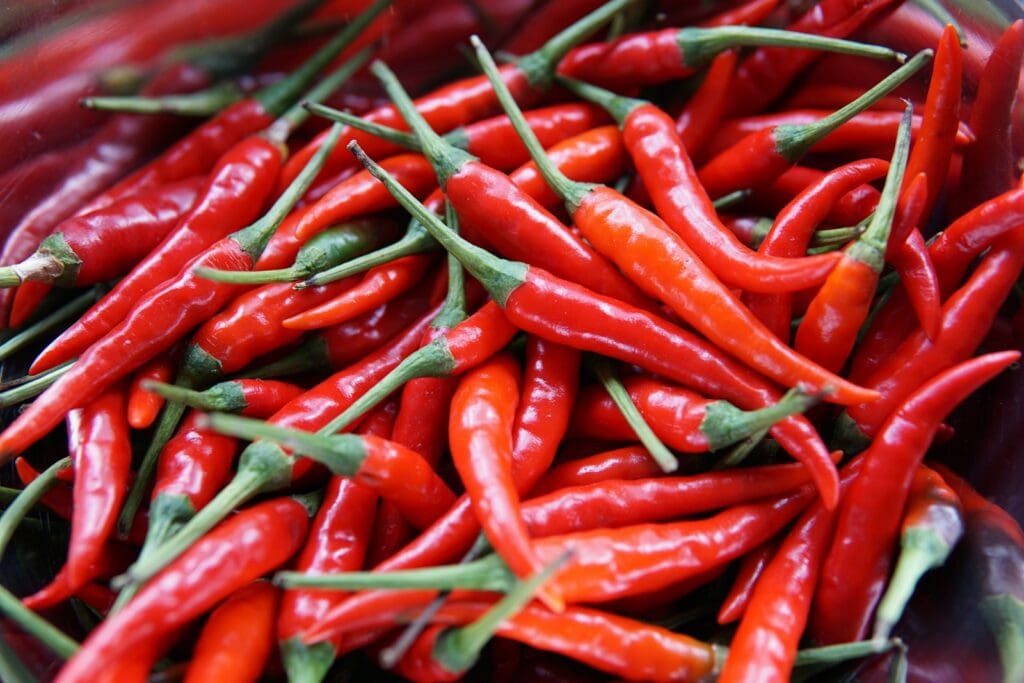
One-half cup of chopped or diced red chili peppers contains 107.8 milligrams of vitamin C, thus providing 108% of your daily requirement. Most types of peppers are high in vitamin C. Red chili peppers contain vitamins B6, K1, and A. They contain the minerals potassium and copper. Red chili peppers are high in antioxidant carotenoids, which provide numerous health benefits.
4. Mango: 122 Milligrams
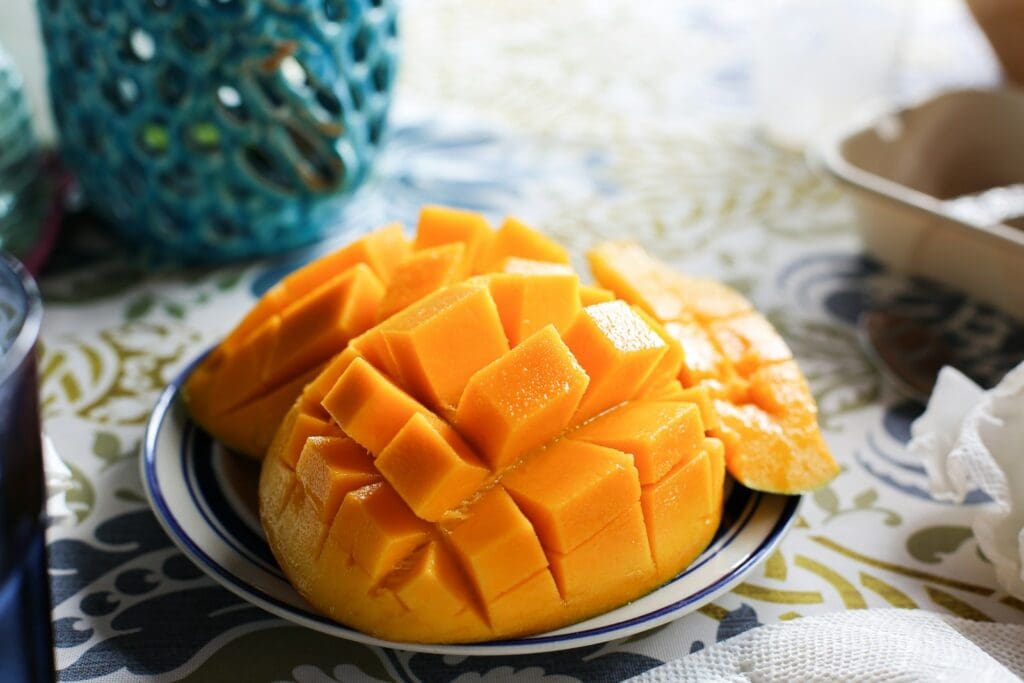
A single Mango provides 122.3 milligrams of vitamin C, about 76% of your daily recommended value. Mangoes also contain 25% of daily vitamin A, as well as vitamin B6, potassium, folate, beta-carotene, and fiber. Mangoes are low-calorie and contain 1 gram of fat. Mangoes also contain about 5 grams of fiber, 3 grams of protein, and 45 grams of sugar.
3. Guava: 126 Milligrams
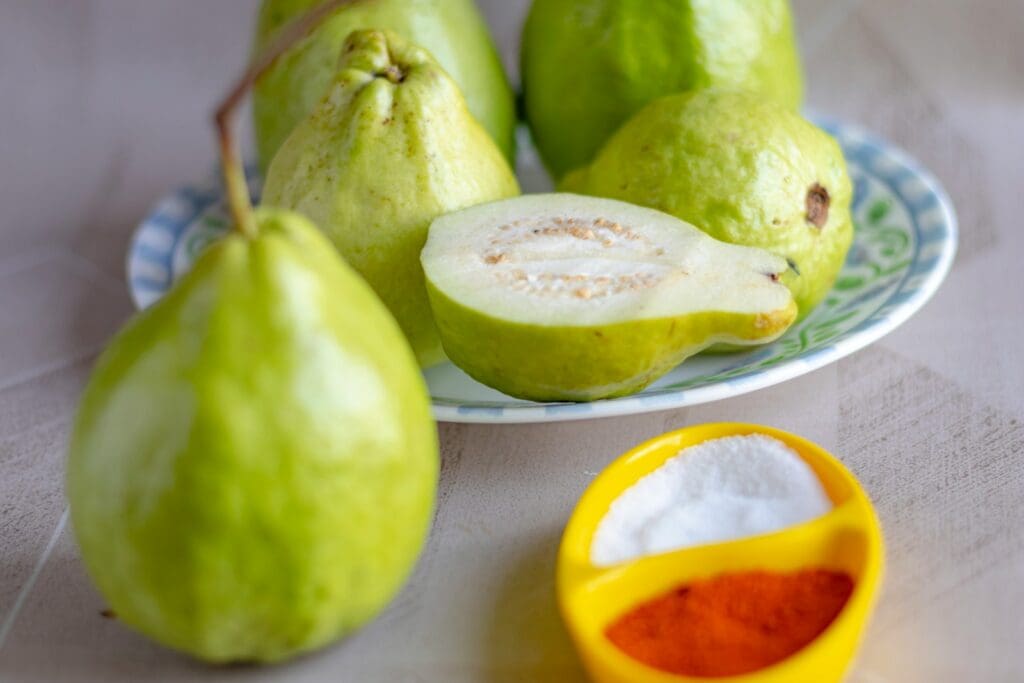
Guava is an often-overlooked fruit that’s low in calories (only 37) and delivers 126 milligrams of vitamin C, providing 254% of your DV in one fruit. Make sure to eat the rind as that’s what contains the most vitamin C. It also contains numerous B vitamins, A, K, and E. Minerals include potassium, copper, manganese, magnesium, phosphorus, and zinc.
Read More: The 15 Best Foods for Your Immune System
2. Cauliflower: 127 Milligrams
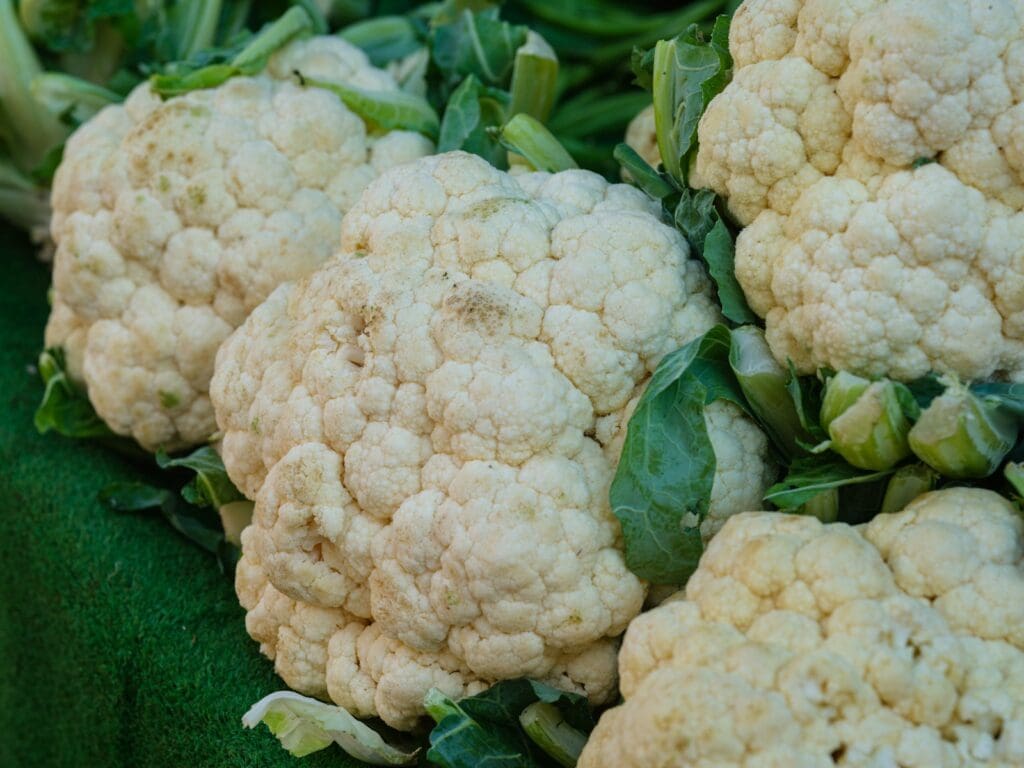
One small (4 inches in diameter) cauliflower provides 127 milligrams of vitamin C, providing 212% of your daily recommended value. A one-cup serving provides 85% DV. Cauliflower is packed with other health benefits, including fiber, vitamin B6, potassium, magnesium, protein, calcium, and iron. Raw cauliflower will provide more vitamin C, but cooking it allows your body to absorb more nutrients.
Read More: Top 10 Healthy Snacks for Busy People
1. Bell Peppers: 95.7-184 Milligrams
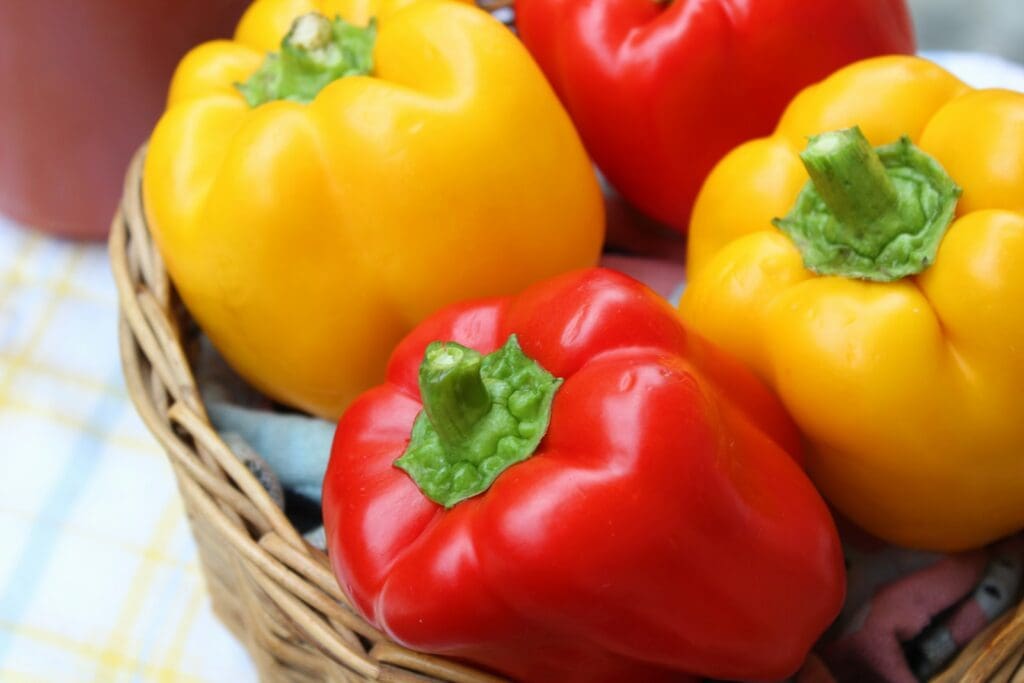
Bell peppers are actually a fruit. Consumed in raw form, one medium bell green pepper contains 95.7 milligrams of vitamin C, delivering 169% of your daily recommended value. However, while green bell peppers are the most commonly consumed, yellow has the highest vitamin C (184mg), orange (158mg), red (142mg), and green (95.7mg).
Read More: Sorry Carolina Reaper, There’s a New Hottest Pepper in Town





